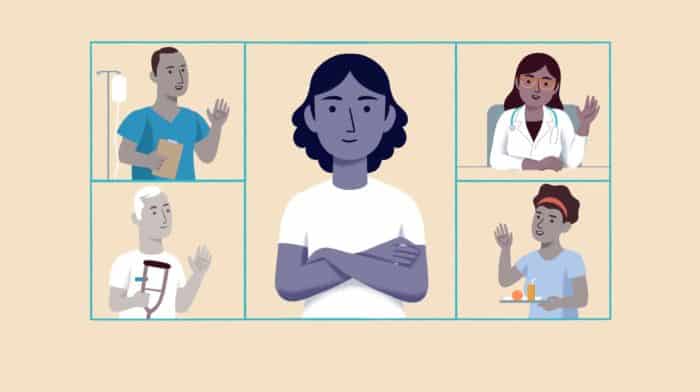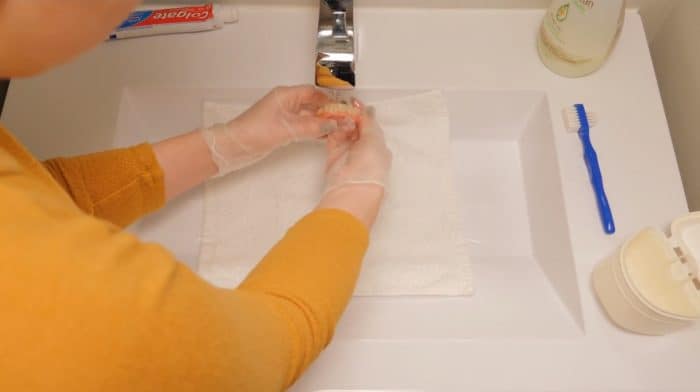Footcare for a Person with Diabetes
Foot care matters for the person in your care, especially if he or she has diabetes. If the person you’re caring for has diabetes, they may lose feeling in their feet. This can cause injuries like wounds and blisters that they won’t even know are there. Diabetes can make these open areas much harder to heal and they can become infected very easily. Proper diabetic foot care can help prevent this. In this video, we’ll show you how to care for the feet of someone with diabetes so that you can help them stay infection-free.
If the person you’re caring for has diabetes, they may lose feeling in their feet. This can cause injuries like wounds and blisters that they won’t even know are there.
Diabetes can make these open areas much harder to heal and they can become infected very easily. Proper diabetic foot care can help prevent this.
In this video, we’ll show you how to care for the feet of someone with diabetes so that you can help them stay infection-free.
Let’s try it!
We’ll need a few things to get started; you’ll need two bowls of water, one soapy and one clean for rinsing, or you can do foot care right after a shower or a bed bath.
Get some washcloths and towels, a nail file and some lotion.
You’ll also need a pair of socks and non-slip shoes or slippers.
It’s best to use white diabetic socks because they won’t dig into their ankle. The tops stretch well and using white socks will help you see if there is any drainage from a crack or blister forming. If you can’t get special diabetic socks, you can use regular white socks and just cut the elastic at the ankle if they seem to be digging in.
Help them choose slippers or shoes that have a lot of room in the toe area so they don’t rub or cause blisters. A non-slip sole helps prevent falls which is good for everyone!
If they didn’t just have a shower or bed bath, start by washing their feet. It will be easier for you to have them lying in bed to wash their feet so you don’t need to bend down.
Using a damp washcloth in the soapy water, wash all surfaces of their feet gently, pay special attention to the areas between their toes.
Using a clean washcloth and clean water, rinse well.
It’s important not to soak their feet. It can dry out their skin or cause new open areas to form.
Using a towel dry their feet really well, especially between their toes.
Check for any cracks, blisters, ingrown toenails or open areas. If you notice any of these, notify their health care provider for follow up. As always, don’t hesitate to ask your local health provider if you have any questions at all.
You might be worried that you will hurt them if you trim their nails or do something wrong, but you’ll be fine if you use the following tips:
It’s best to use a nail file to file their nails straight across and file off any sharp edges. Don’t file the nails too short. It’s best to file them just below the edge of their toe.
Nail clippers can be faster, but there is a risk that they can slip and accidentally cut their skin. We recommend using a nail file for safety.
Apply lotion their heels and soles of their feet well. Avoid lotion between their toes, the moisture can cause bacteria to grow.
Finish up by helping them put on a fresh pair of diabetic socks and their shoes or slippers.
For someone with diabetes, proper foot care will help prevent infections that could lead to a lot of other complications like wounds or amputations.
Following these steps daily will help you help them prevent those issues and will help you feel more comfortable providing this care.
Be sure to visit our CareChannel for more caregiver support and resources.






